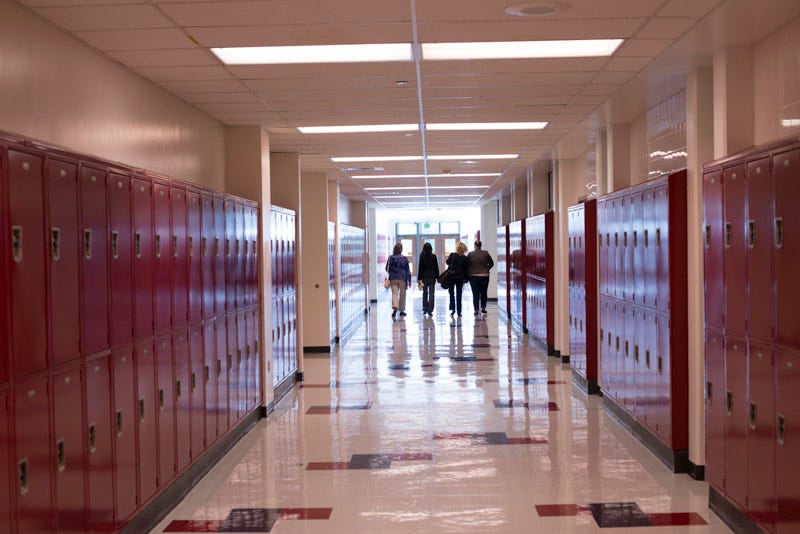Explainer: Built to Learn Act
Landmark Bill Would Be Largest One-Time School Construction Investment in Maryland History

Overcrowded classrooms. Aging schools without safe, modern facilities or adequate heating, air conditioning, or drinkable water. The billions of dollars in unmet school construction and maintenance needs are evident in far too many schools around the state and impact teaching, working, and learning conditions for thousands of educators and students on a daily basis.
Current state and local resources are insufficient to meet the needs. Despite the increased investment in school construction over the past decade, the average age of schools in the state actually increased by three years from 2006 to 2016. And each year, the Interagency Commission on School Construction receives more funding requests than it can meet with current allocations.
That’s why it’s so important that legislators are taking bold, critical action to address the school facility needs around the state with House Bill 1, the Built to Learn Act. This bill would provide $2.2 billion in additional school construction money, and it makes a perfect companion to the Blueprint for Maryland’s Future.
How the Built to Learn Act Works
Funding from the Built to Learn Act would be in addition to the state’s existing school construction funding and could be used to support renovations and to ease crowding or replace aging buildings with new construction projects.
This bill authorizes the Maryland Stadium Authority (MSA) to issue up to $2.2 billion in revenue bonds for public school construction projects in the state. It also increases or extends mandated state funding for supplemental public school construction programs, and establishes a new special fund and mandate for the highest priority school facilities. The Built to Learn Act would allow MSA to contract for, manage, and oversee certain public school facility projects.
The House overwhelmingly passed the bill by a 128–6 margin on February 14 and sent it on to the Senate. House Bill 1 was cross-filed as Senate Bill 1 and has support from Senate leaders as well as Gov. Hogan.
Built to Learn Fund Allocations by Jurisdiction
· Anne Arundel: $250 million
· Baltimore City: $420 million
· Baltimore County: $420 million
· Frederick: $102 million
· Howard: $132 million
· Montgomery: $420 million
· All other counties combined: $230 million
Prince George’s County, which is entering into a new public-private partnership with the Maryland Stadium Authority to accelerate new school construction, will receive $25 million a year for up to 30 years.
Built to Learn and the Blueprint
The Built to Learn Act directly connects with and supports the program expansion of career and technical education (CTE) and pre-kindergarten contained in the Blueprint. According to the Blueprint, CTE facilities must be expanded to fulfill the goal that every middle and high school student will have access to CTE classes. Included in the Built to Learn legislation is a mandate for the Maryland State Department of Education (MSDE), the Interagency Commission on School Construction, and MSA to collaborate with the local school systems and community colleges to develop a CTE program or apprenticeship pathway in school building maintenance that leads to an industry recognized certificate or credential.
The Built to Learn Act also dovetails with the Blueprint’s expansion of pre-kindergarten, which requires thousands more spaces for entering students. Between the 2022–2023 and 2025–2026 school years, voluntary full-day pre-k will be expanded and provided free for all four-year-olds and three-year-olds from low-income families. Low income is defined as at or below 300% of the federal poverty level (approximately $79,000 for a family of four). Built to Learn will help to create space for all the new pre-kindergarteners that will soon be attending Maryland schools.

